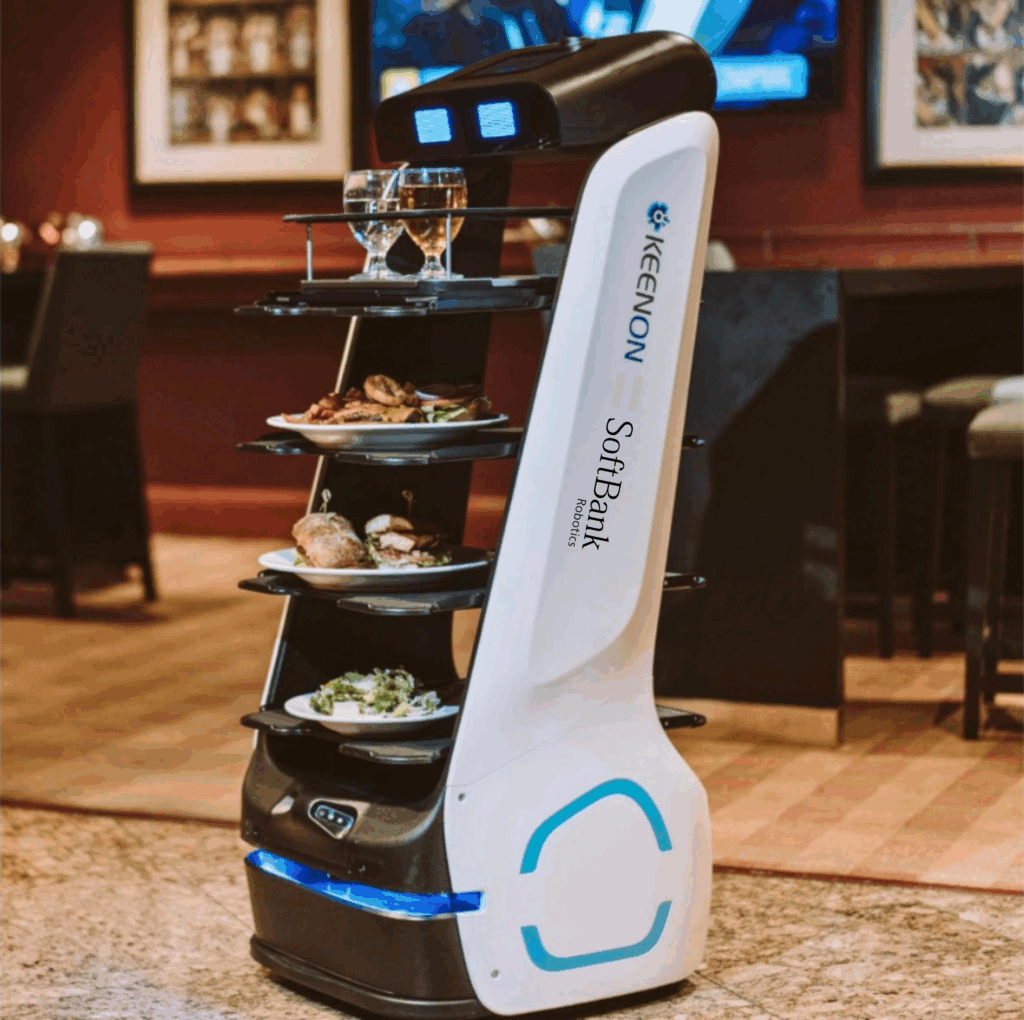In a sector as successful as the restaurant industry, theoptimising your business is no longer an option, but a necessity. Whether you run a small shop or a top-of-the-range restaurant, the constant search forefficiency will enable you not only to innovate, but also to prosper. Optimisation affects every aspect of your business: from equipment used in the training your staffincluding management methods adapted. This article guides you through the essential strategies for optimising your restaurant and transforming it into a well-oiled machine, capable of satisfying your customers while maximising your profits. profitability.
Equipment: the foundation of your efficiency
The importance of investing in specialist equipment
The acquisition ofspecialised equipment represents a strategic investment for any restaurateur wishing to maintain a high standard of quality. In the case of Japanese restaurants Sushi machines guarantee perfect consistency in preparation, a crucial factor in winning the loyalty of demanding customers. These machines can produce identical partsby scrupulously respecting the size and shape standards that you have configured. L'automation doesn't just happen in the kitchen. Some robots can accompany employees in the customer service but also in room maintenance (cf Izy Bots).

Optimising the workspace
Kitchens in restaurants are often cramped, and every square centimetre counts. Investing in compact, multifunctional equipment frees up valuable space, improves staff circulation and, as a result, boosts overall productivity. A well-designed kitchen also reduces the risk of accidents and encourages more efficient working.
The importance of small equipment
Don't overlook the impact of quality utensils on your daily efficiency. Investing in ergonomic and durable utensils often represents a considerable gain in terms of working comfort and productivity. Equipment specially designed for the type of kitchen you offer, such as the Kozumi are essential for preparing your dishes.
Training: Developing your human capital
Training in the use of equipment
Acquiring equipment only pays dividends if your team knows how to make full use of it. A poorly used robot means wasted potential and a compromised investment. Organise training sessions short, targeted training sessions to enable your employees to master quickly these new technologies. You should also provide visual aids (technical data sheets, tutorial videos) available at all times to make it easier to get started.
In a sector marked by high staff turnover, the versatility of your team becomes a major asset. An employee who has been trained for several positions can not only help out in the event of absence, but also better understand the challenges faced by his or her colleagues, thereby promoting teamwork. team cohesion. This flexibility also makes it easier for you to adapt your workforce to changing needs. changes in activity.
Offering regular training in various fields (hygiene, customer service, specific cutting techniques) enrich theprofessional experience of your staff and strengthen their loyalty to your establishment. These investments in human capital translate directly into overall service quality. From training centressuch as Japanese Cuisine Academyto enable your team to basic training Japanese cuisine, but also to deepen the knowledge already acquired, according to demand.
Management: The art of effective coordination
Setting up clear processes
Improvisation has no place in an optimised restaurant. Who does what, when? From job descriptions and detailed daily checklists limit oversights and indicate the autonomy of each team member. These tools also enable new employees to integrate more quickly, depending on the training period required.
Digitalisation of management tasks
The use of specialist software revolutionises the day-to-day running of a restaurant:
- The cash register software make it easier to track sales and analyse performance
- The stock management tools to anticipate supplies and avoid shortages
- The planning applications to optimise the allocation of teams according to the expected number of visitors
This digitisation frees up precious time that you can devote to your business.continuous improvement and customer relations.

Encouraging internal communication
The regular team meetingsthe briefings before service or messaging groups to ensure that information flows smoothly between all departments. This fluid communication avoids tensions and misunderstandings that can quickly deteriorate the working atmosphere and, in turn, the quality of customer service.
Analyse performance on a regular basis
A efficient steering requires a regular analysis of various indicators: sales, productivity per employee, staff turnover, customer satisfaction, etc. Monitoring these metrics on a monthly basis will enable you to quickly identify areas for improvement and to take action.adjust your strategy accordingly.
Optimising your restaurant is an ongoing process based on three fundamental pillars: the right equipment, a well-trained team and efficient management methods. Striking the right balance between these three aspects not only ensures greater profitability, but also a superior customer experience and a more pleasant working environment for your teams.
In a context of fierce competition and ever-higher consumer expectations, this quest for optimisation is no longer optional, but essential. The restaurateurs who know how to integrate new technologies intelligently while making the most of their human capital will be the ones who come out on top.

